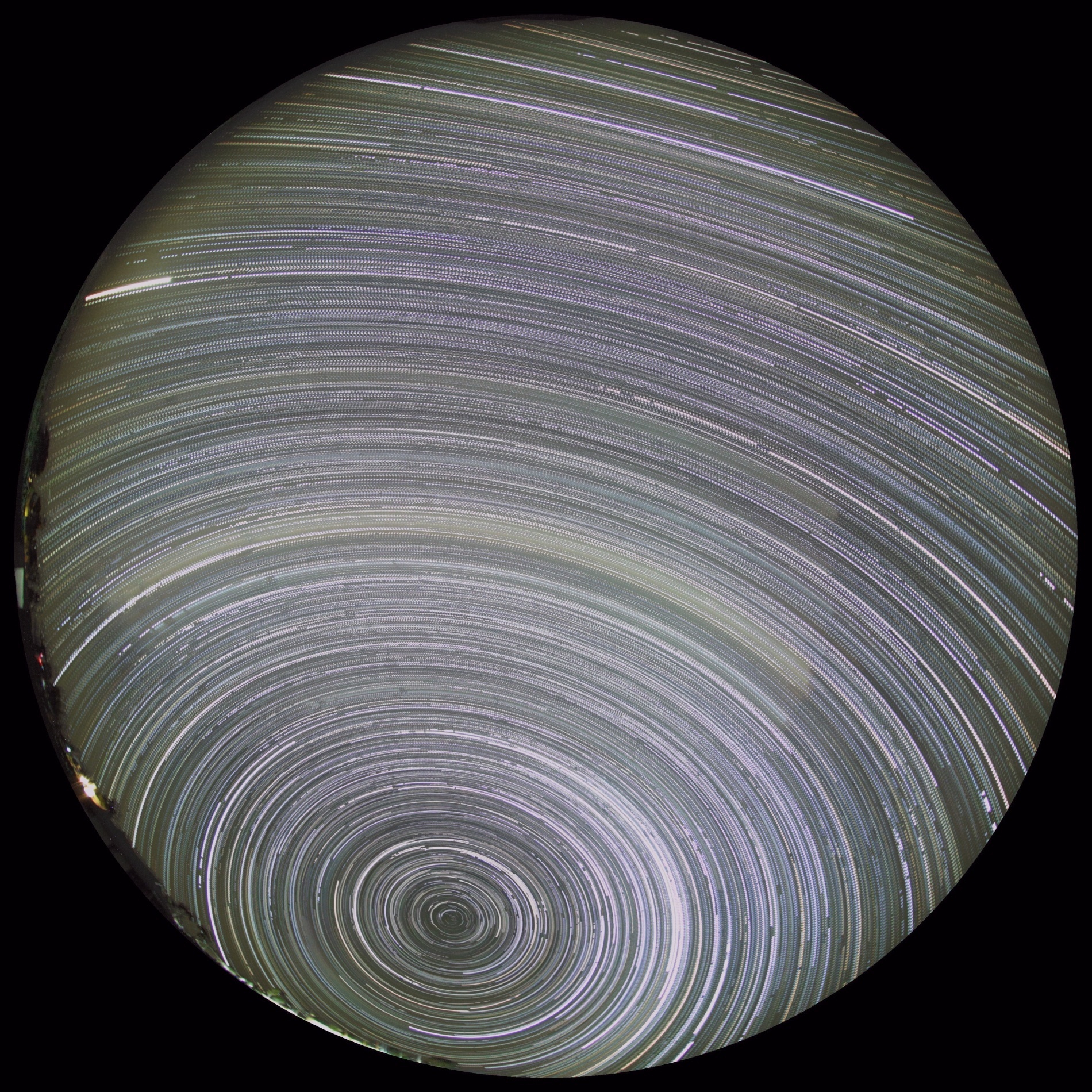Wonderful news for Isamu Akasaki, Hiroshi Amano, and Shuji Nakamura, who won the physics Nobel Prize today "for the invention of
efficient blue light-emitting diodes which has enabled bright and
energy-saving white light sources"!
When used for outdoor lighting, white LEDs (which are built out of blue LEDs) have two incredibly useful properties. First, they can be directed more carefully than the older gas discharge tube lamps, and that means that
with good design it's possible to put light on a walkway and the surrounding areas without shining lights
up into the sky,
into people's bedroom windows, and without
glaring down the street. Second, they can be turned on and off and dimmed instantaneously. This means that dusk-till-dawn lighting can become a thing of the past, and in the future city lighting will hopefully be delivered on-demand, rather than left burning on every street all night long.
It's possible to imagine a future in which driverless cars run without headlamps (the car itself can be dimly lit to make it visible), pedestrian and cyclist lights provide more uniform lighting at greatly reduced light levels, and the sky above even large cities once again glitters with thousands of stars.
But unfortunately, this future won't come about simply thanks to the genius of the physicists honored today. It will take the combined efforts of hundreds of thousands of other lighting innovators: engineers, designers, city planners, and perhaps most importantly, lawmakers. The problem is that without careful design and planning, high efficiency LEDs can end up looking like this during the night:
 |
| Exposure set to match street level |
 |
| Exposure set to image the screen |
At the corner of one of the busiest pedestrian crossings in Berlin (Kurfürstendamm and Joachimstraße), drivers turning right through a crosswalk are blinded by an LED screen that's left running at daytime appropriate levels during the night!
Due to the remarkable compactness of LEDs, the glowing area of the lamps themselves are far brighter than many older style lamps.
This, combined with their greater component of blue light can make them
far more glaring, a problem that disturbs both drivers and pedestrians
alike on many poorly lit LED streets.
Interesting architectural lighting can be accomplished using highly efficient 1 Watt LEDs. But if it's poorly designed, it blind visitors to the city coming out of a train station into an unfamiliar surrounding, such as this problematic area just outside of the Alexanderplatz station in Berlin:
 |
| Exposure adjusted to street levels |
 |
| Exposure auto-set by camera |
In the coming decade, LED lighting is going to entirely change the way we light both indoor and outdoor spaces, and for that we should most certainly thank today's prizewinners. But
will we actually save energy - or just waste extra light? And will we have a more pleasant living environment? The answers to these questions will depend mainly on their implementation.
Note for new visitors: This blog is about the Loss of the Night citizen science app, which lets regular people measure how bright the sky is by looking at stars. The goal of the app is to track how the brightness of the sky changes as LED lighting is implemented worldwide. The app is free, and can be downloaded for
Android phones. An iPhone version is in development and will come out soon.









